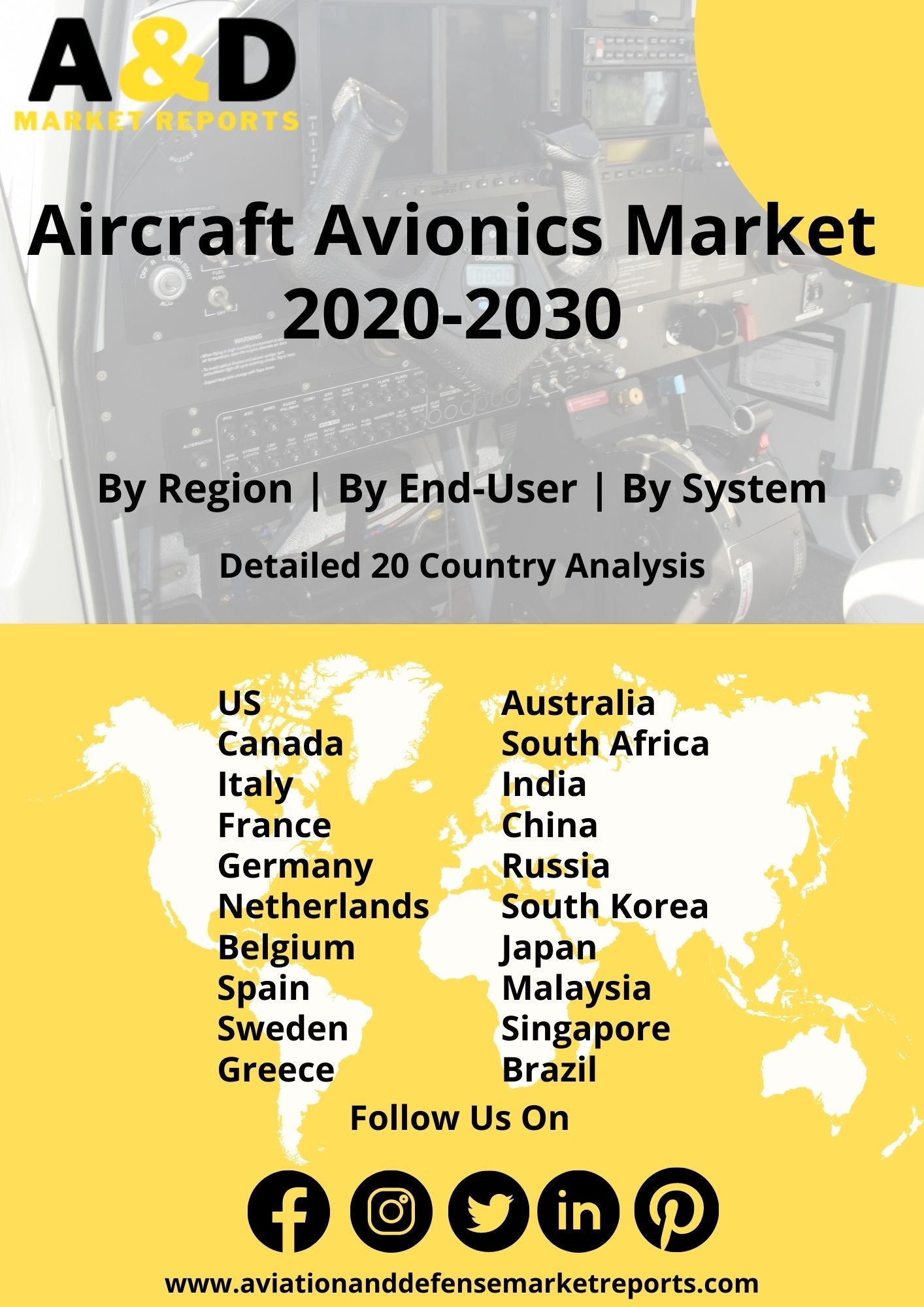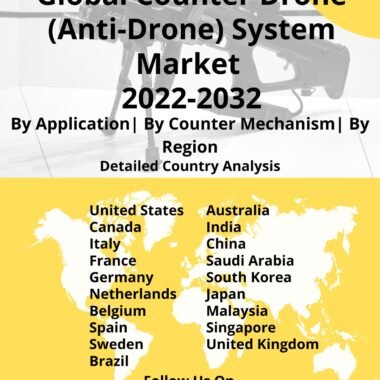Description
Avionics refers to the electrical system used on aircraft, spacecraft, and artificial satellites. Avionics systems are majorly used for communication, navigation, display, as well as management for multiple systems. This technology is fitted onto an aircraft to help perform multiple functions. The Tactical system used in an airborne early warning platform is an example of an electrically functioning avionics system.
As of 2019, the Aircraft Avionics Market attained a market value of USD 65 Billion. The market is presently poised to grow at a CAGR of roughly 3% between the forecast period. The increased use of network integration tools on aircraft is poised to serve as a key market opportunity for this segment. The overall aircraft avionics market is segmented by System, End-User, and Region. The segment for the system encompasses subsegments including Hardware and Software. The End-user segment is further categorized by OEM and Aftermarket. While, the regional segment provides a competitive mapping across the regions North America, Europe, APAC, Middle East, and the RoW.
The growth in the retrofit market is one of the key factors that propel the growth associated with the aircraft avionics segment. The integration of modular technologies onto the surface of both fighter aircraft and commercial aircraft is anticipated to improve the performance abilities of the concerned airborne platform. The rapid expansion in aircraft aftermarket is anticipated to drive the market potential for the aircraft avionics vertical. The exceeding demand for fuel-efficient aircraft is another factor that is anticipated to drive the market growth. Regional segments like China, India, UAE, and Qatar are some of the booming markets within this industry vertical.
On studying the overall value chain for this market, it is witnessed that commercial aviation accounts for a major share within this sector. The rising propensity of air travel amongst the global population and the increasing disposable income of the same are two of the key factors that drive this growth. Another key segment that has witnessed substantial growth in terms of R&D investment is the software vertical. Growth in research within this domain has improved the machine-human interaction capability. Thus significantly improving the user interface associated with aircraft avionics. The rampantly increasing advent of data-driven research is anticipated to drive the software segment.
The systemic segment is majorly governed by the growth in the hardware market for the avionics vertical. The integration of avionics hardware facilitates the performance of functions such as trajectory prediction, navigation, as well as flight planning. Some of the recently developed technologies within this domain include Bluetooth Audio Interface Controller and the PAC 45A Digital Special Mission Audio Controller. The Bluetooth Interface controller allows the use of Bluetooth-controlled headphones from the aircraft cabin. While the PAC 45A Audio Controller is used to consolidate all wiring within the avionics bay. The hub is a central wiring location for all avionics within the aircraft cabin. Conclusively, the introduction of this technology is anticipated to steadfast the use of electrical network-based products within an aircraft. Fast growth markets like APAC are expected to be a lucrative segment for the aircraft avionics vertical. Increased innovation in terms of both hardware and software is expected to drive the growth of this market.




